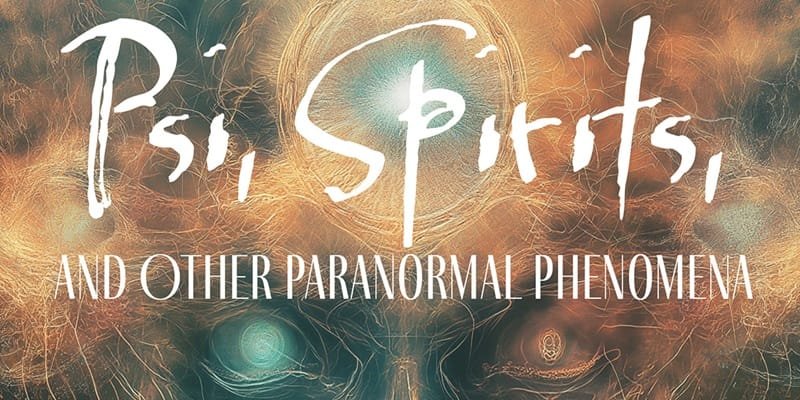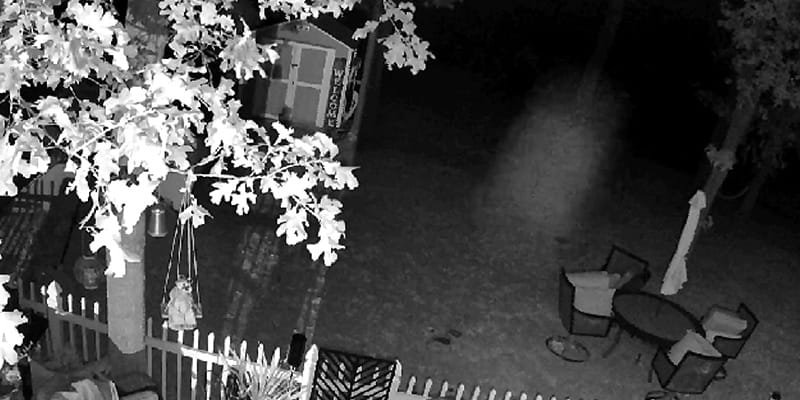Unveiling the Mystery: A Look at 19th Century Vampire Hunting Kits and the Experts Weighing In
Introduction
In this article, we delve into the captivating world of 19th-century vampire hunting kits. These intriguing relics, often showcased in antique stores and museums, have sparked public fascination for years. We’ll explore the history behind these kits, examining their origins and the cultural factors that fuelled their popularity. But the narrative takes a turn as we examine the emergence of expert opinions that challenge the authenticity of these so-called vampire slayers’ tools.
History Unveiled: The Rise of the Vampire Hunting Kit
The 19th century was an era rich with Gothic literature and an increasing fascination with the supernatural. Stories of vampires, werewolves, and other nightmarish creatures permeated popular culture, largely thanks to works like Bram Stoker’s “Dracula.” This fascination didn’t just stay within the pages of books; it bled into the public consciousness, manifesting in various forms, including the alleged vampire hunting kits.
These kits typically contained a variety of items purportedly essential for combating vampires: crucifixes, wooden stakes, mallets, rosary beads, prayer books, pistols, and vials of holy water. The belief in vampires, especially in Eastern Europe, was intertwined with local folklore and societal anxieties. The Habsburg Empire’s invasion of Serbia in 1718, for instance, spread tales of vampire superstitions to Western Europe, creating a demand for vampire-related entertainment and literature.
Public Allure: The Enduring Captivation
The enduring captivation with vampire hunting kits can be attributed to several factors. Psychologically, the thrill of the unknown and the allure of the macabre play significant roles. The idea of a tangible connection to the supernatural world intrigues many, offering a sense of excitement and mystery. These kits have found their way into museums and private collections, often displayed as authentic relics from a bygone era, further fueling public interest.
For instance, the Royal Armouries in the UK acquired a vampire hunting kit in 2012, which includes a crucifix, stakes, a mallet, rosary beads, a prayer book, and a pistol. Such exhibits capture the imagination of visitors, allowing them to connect with the folklore and fiction that have shaped the vampire mythos.

Experts Unveil the Truth: Modern Insights
Despite their popularity, skepticism regarding the authenticity of these kits has emerged. Experts like Jonathan Ferguson, Keeper of Firearms and Artillery at the Royal Armouries Museum, argue that the contents of these kits are inconsistent with the popular perception of vampire hunting prior to the 1970s. Ferguson notes that these kits often contain a mishmash of items from different eras, suggesting they were deliberately assembled for commercial purposes.
A significant piece of evidence comes from the analysis of the materials used in these kits. For instance, the presence of silver bullets in many kits raises doubts, as silver bullets were not associated with vampire hunting before the 20th century. Historically, silver bullets were linked to werewolf folklore, not vampires. This association with vampires only emerged in the 20th century, notably influenced by literature and film.
In another revealing case, the Mercer Museum’s vampire hunting kit underwent X-ray fluorescence analysis, which showed that the supposed silver bullets were actually made of pewter. This, along with the fact that many kits contain items like paper labels that are significantly more recent, further supports the theory that these kits are modern creations.
Beyond the Hype: The Consensus on Authenticity
The overall expert consensus is that most vampire hunting kits are likely 20th-century creations, inspired by the rise of horror films and popular culture rather than genuine 19th-century artefacts. While it’s possible that some genuine kits may exist, the lack of documented evidence and the anachronistic nature of many of the items included in these kits cast significant doubt on their authenticity.
Despite this, the fascination with these kits persists. Museums like the Royal Armouries and the British Library have embraced these items as part of the material culture of the Gothic, recognizing their value as pieces of modern art and cultural history. They represent the intersection of folklore, fiction, and popular culture, providing insight into how societal fears and fantasies have been shaped and commercialized over time.
A Collector’s Perspective: The Modern Value of Vampire Kits
Contemporary collecting practices in museums highlight the importance of these kits beyond their historical authenticity. Modern museums like the Royal Armouries and the British Library collect and display these items not just as relics, but as reflections of cultural trends and societal fears. The acquisition and exhibition of such kits underscore a commitment to preserving elements of modern folklore and fictional narratives.
Jonathan Ferguson, in his thorough survey of vampire folklore and fiction, argues that these kits are ‘hyperreal’ artefacts. They are crafted not as historical reproductions but as tangible manifestations of the Gothic fiction that permeates our culture. The meticulous assembly of these kits, often from genuine antique components, speaks to a creative endeavour that transcends simple forgery. They embody the synthesis of historical imagination and artistic expression.
Vampire Kits in Modern Media: A Cultural Analysis
The role of vampire hunting kits in modern media cannot be overstated. Although these kits themselves may not have featured prominently in specific films like “Fright Night” or the Hammer Horror series, the resurgence of interest in vampire lore due to these films likely contributed to their prevalence. The portrayal of vampire hunters and their arsenals in such media reinforced the imagery associated with vampire slaying, making the idea of a vampire hunting kit an iconic element of the genre.
These depictions, while fictional, have influenced public perception, leading to the widespread belief in the historical authenticity of such kits. The interplay between fiction and perceived reality adds layers of intrigue and mystery, making these kits even more fascinating to the public. The consistent imagery across various forms of media helps solidify the vampire hunting kit’s place in the collective imagination.

Conclusion: A Legacy of Intrigue
Even though the authenticity of vampire hunting kits is questionable, their captivating nature remains undeniable. These kits continue to attract public interest and scholarly debate, embodying the enduring allure of the supernatural. As objects of curiosity, they offer a window into the cultural and psychological factors that have fuelled our fascination with vampires and the macabre.
The ongoing debate about their authenticity highlights the complex interplay between folklore, fiction, and material culture. While future discoveries may shed more light on the origins of these kits, their legacy as intriguing artefacts of Gothic fiction and popular culture is already firmly established. They serve as a reminder of our perennial fascination with the supernatural and the lengths we go to preserve and understand that fascination.
References
Ferguson, Jonathan. “History at Stake! The Story Behind Vampire Slaying Kits.” British Library.
Royal Armouries Museum. “The Vampire Killing Kit.” Royal Armouries.
Mercer Museum. Analysis of Vampire Hunting Kits.
Wikipedia. “Vampire killing kit.”








